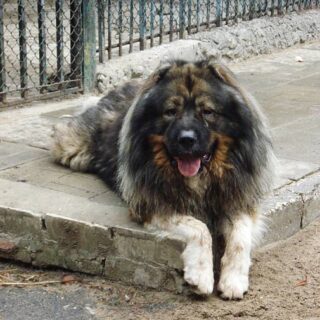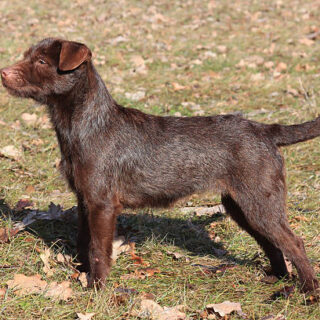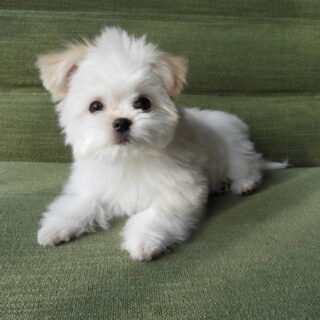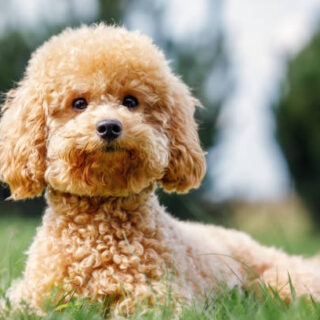Bavarian Mountain Hound
The Bavarian Mountain Hound was developed as a scent hound to track down wounded game. Designed to work on steep mountain slopes, the Bavarian Mountain Hound is agile and athletic. It is thought that the breed is, in some respects, a smaller version of the Hanoverian Hound, a small German Bloodhound, which played a large part in its ancestry.
General appearance
Medium sized scent hound, body slightly longer than high, measured from point of shoulder to point of buttock. Topline runs up slightly to rear. Balanced, moderately light in build, very mobile, muscular and powerful.
Characteristics
Strong scenting ability, works on the leash with perseverance and endurance, particularly in mountain regions.
Temperament
Calm, biddable, devoted to owner, self-assured but reserved with strangers. Never shy or aggressive.
Head and skull
Skull relatively broad and slightly arched. Occiput not pronounced. Stop well defined. Supercilliary arches well developed. Cheeks slightly pronounced. Muzzle of equal length orslightly shorter than skull, sufficiently broad, never pointed. Nasal bridge straight or slightly convex. Nose of good size, black or dark red, with well open nostrils. Flews pendulous without exaggeration, of medium thickness, corners of lips clearly visible.
Eyes
Medium size with clear, alert expression. Dark brown or slightly lighter. Well fitting, pigmented lids. Never too large, too round or with loose eyelids.
Ears
Medium length reaching nearly to the end of nose. Set on moderately high, heavy, broad, rounded at tips. Hanging close and flat to the head.
Mouth
Strong jaws with a perfect, regular and complete scissor bite, i.e. with upper teeth closely overlapping lower teeth and set square to the jaws.
Neck
Of medium length, strong. Skin somewhat looser on throat, but not excessive.
Forequarters
Well muscled. Shoulders well laid back, not loaded. Good length and return of upper arm. Elbows close fitting to the body, turning neither in nor out. Forelegs straight and parallel, strongly boned, standing well under the body. Pasterns strong with slight spring.
Body
Back strong and supple, topline rising slightly from withers to long, level croup. Chest moderately broad. Oval ribcage, brisket reaching to elbow. Well ribbed back with relatively short, broad, well-muscled loin. Underline rising gradually to the rear.
Hindquarters
Strongly boned, well-muscled. Viewed from the rear straight and parallel. Thighs broad and very muscular. Stifles well bent. Hocks strong, well let down, with rear pasterns short and vertical.
Feet
Oval and strong, toes well arched. Pads well cushioned and pigmented. Nails black or brown.
Tail
Set high, tapering, of moderate length, not reaching below hock. Carried level or slightly lower than back.
Gait/movement
Light, springy, ground covering with good reach in front and strong drive from the rear.
Coat
Dense and close fitting, moderately harsh. Finer on head and ears. Skin strong and tight fitting.
Colour
Deer red, tan or fawn, any of which may be interspersed with black hairs, or brindle. The back and tail are generally more intense in colour. Muzzle and leathers darker in colour. A small, light coloured patch on chest permitted.
Size
Height at withers: Males: 47 to 52 cms (18½ 20½ ins). Females: 44 to 48 cms (17 ½ -19 ins). No departure from above permitted in either males or females. Weight in relation to height to withers.
Faults
Any departure from the foregoing points should be considered a fault and the seriousness with which the fault should be regarded should be in exact proportion to its degree and its effect upon the health and welfare of the dog and on the dogs ability to perform its traditional work.
Note
Male animals should have two apparently normal testicles fully descended into the scrotum.






